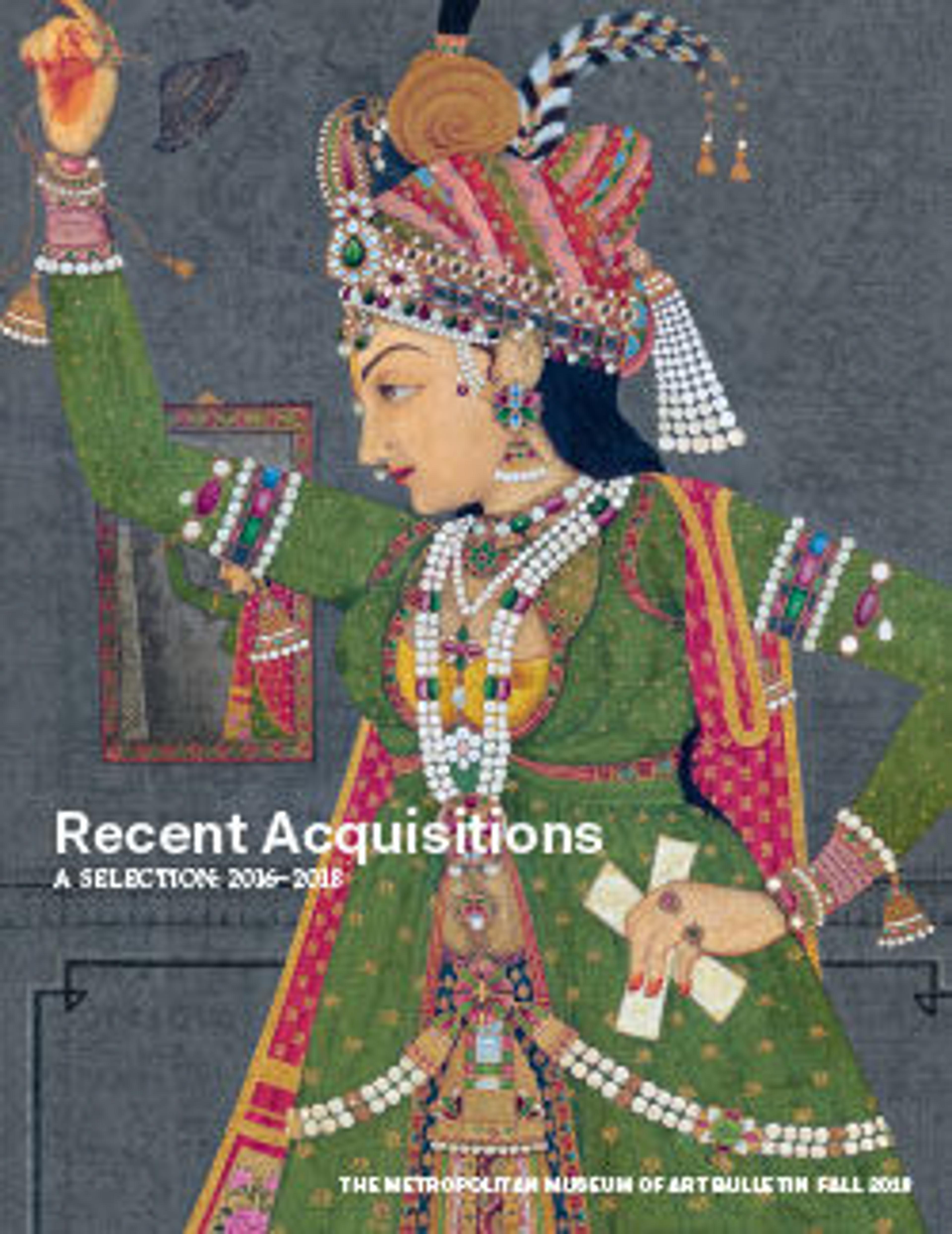Patio de los Arrayanes, Alhambra, Granada, Spain
One of the most talented students of famed French photographer Gustave Le Gray, Delaunay was virtually unknown before a group of his photographs appeared at auction in 2007. Subsequent research led to the identification of several bodies of work, including the documentation of contemporary events through instantaneous views captured on glass negatives. Delaunay also was a particular devotee of the calotype (or paper negative) process, with which he created his best pictures—including this view of the Alhambra. Among a group of pictures he made between 1851 and 1854 in Spain and Algeria, this view of the Patio de los Arrayanes reveals the extent to which Delaunay was able to manipulate the peculiarities of the paper negative. He revels in the graininess of the image, purposefully not masking out the sky before printing the negative, so that the marble tower appears somehow carved out of the very atmosphere that surrounds it. In contrast, the reflecting pool remains almost impossibly limpid, its dark surface offering a cool counterpart to the harsh Spanish sky.
Artwork Details
- Title: Patio de los Arrayanes, Alhambra, Granada, Spain
- Artist: Alphonse Delaunay (French, 1827–1906)
- Date: 1854
- Medium: Albumen silver print from paper negative
- Dimensions: Image: 10 1/8 × 13 5/8 in. (25.7 × 34.6 cm)
Sheet: 16 3/4 × 21 5/8 in. (42.6 × 55 cm) - Classification: Photographs
- Credit Line: Gift of W. Bruce and Delaney H. Lundberg, 2017
- Object Number: 2017.175.1
- Curatorial Department: Photographs
More Artwork
Research Resources
The Met provides unparalleled resources for research and welcomes an international community of students and scholars. The Met's Open Access API is where creators and researchers can connect to the The Met collection. Open Access data and public domain images are available for unrestricted commercial and noncommercial use without permission or fee.
To request images under copyright and other restrictions, please use this Image Request form.
Feedback
We continue to research and examine historical and cultural context for objects in The Met collection. If you have comments or questions about this object record, please complete and submit this form. The Museum looks forward to receiving your comments.
